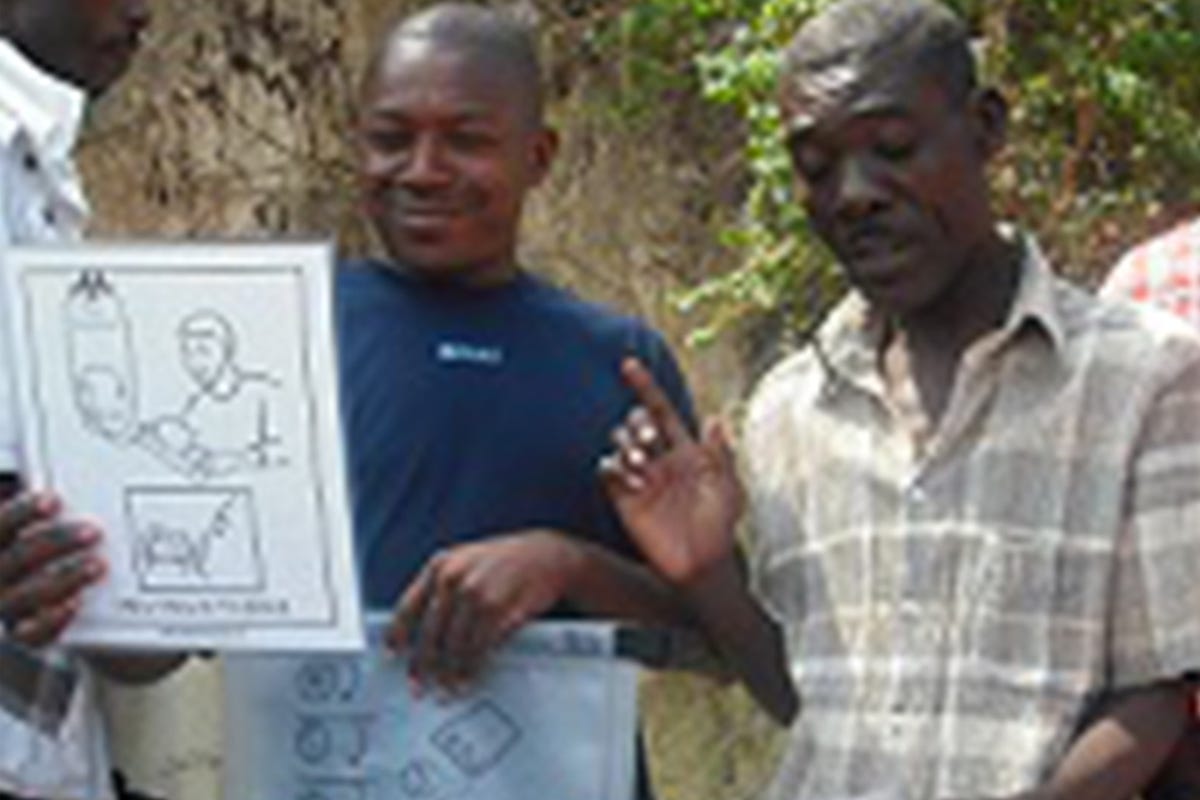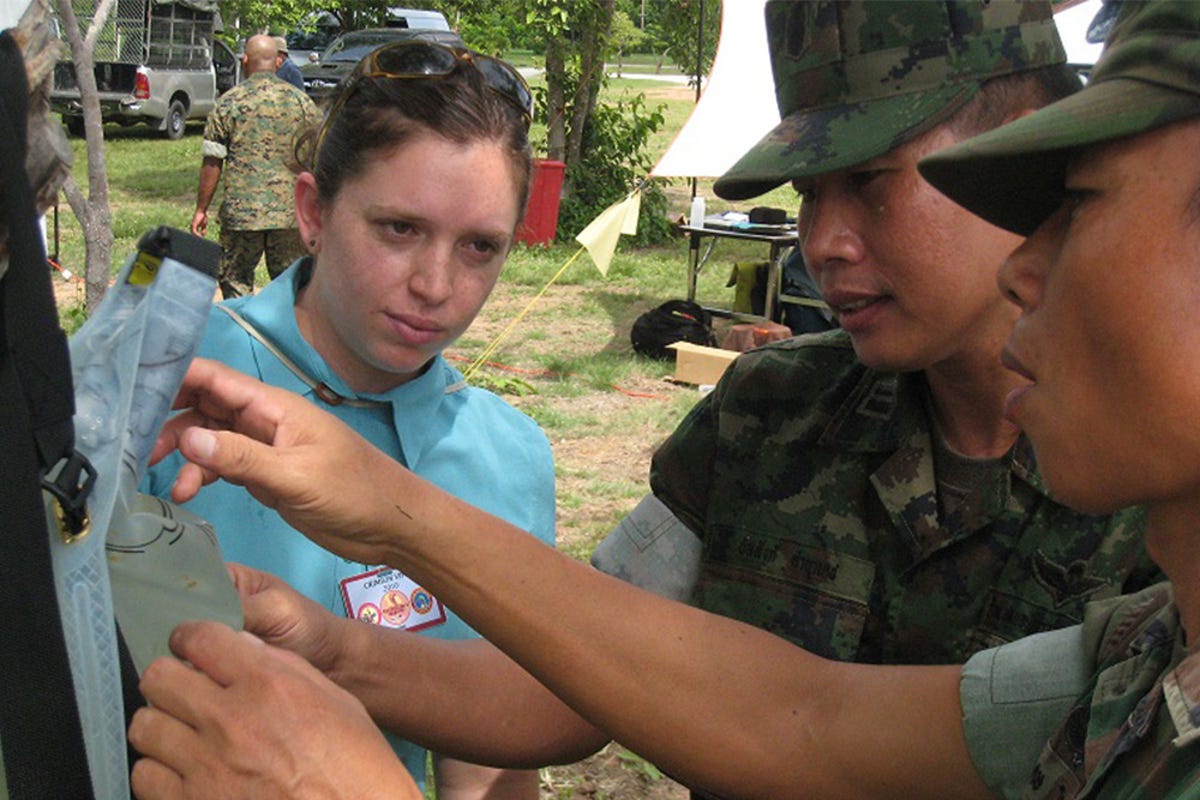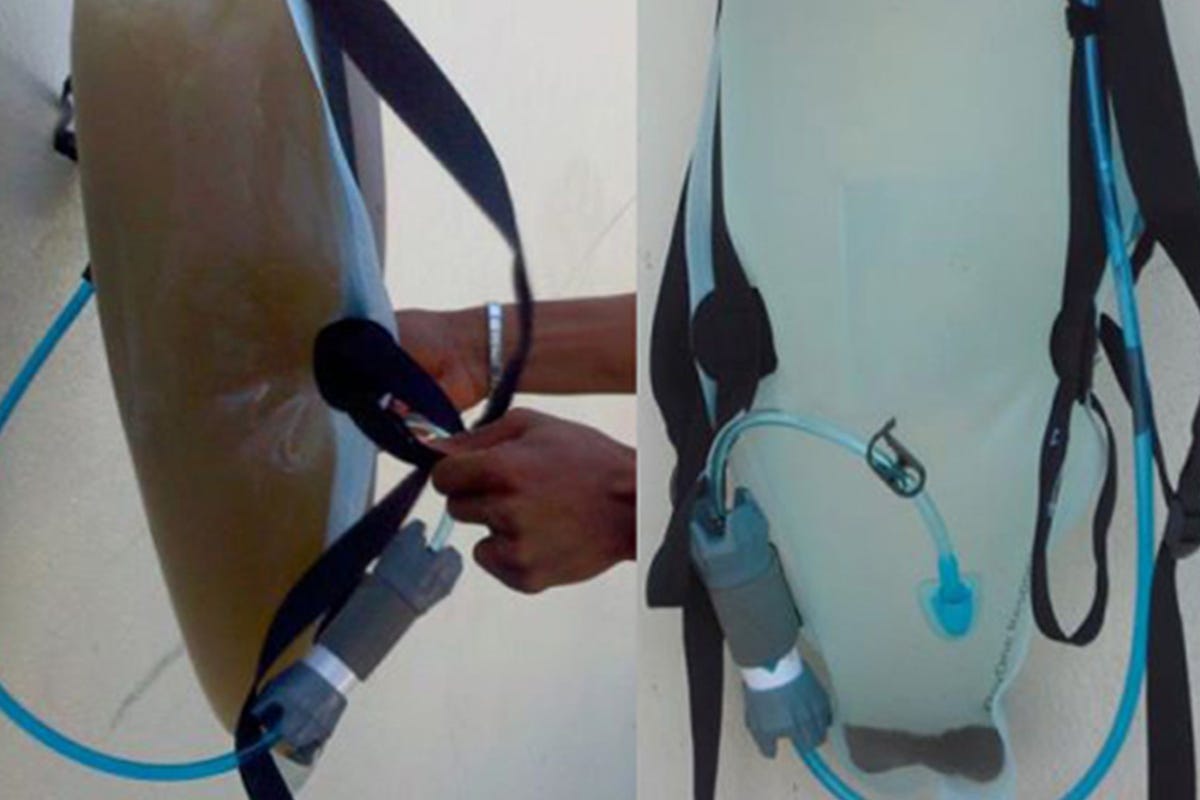Fellow Portrait
Patricia Compas-Markman
DayOne Response
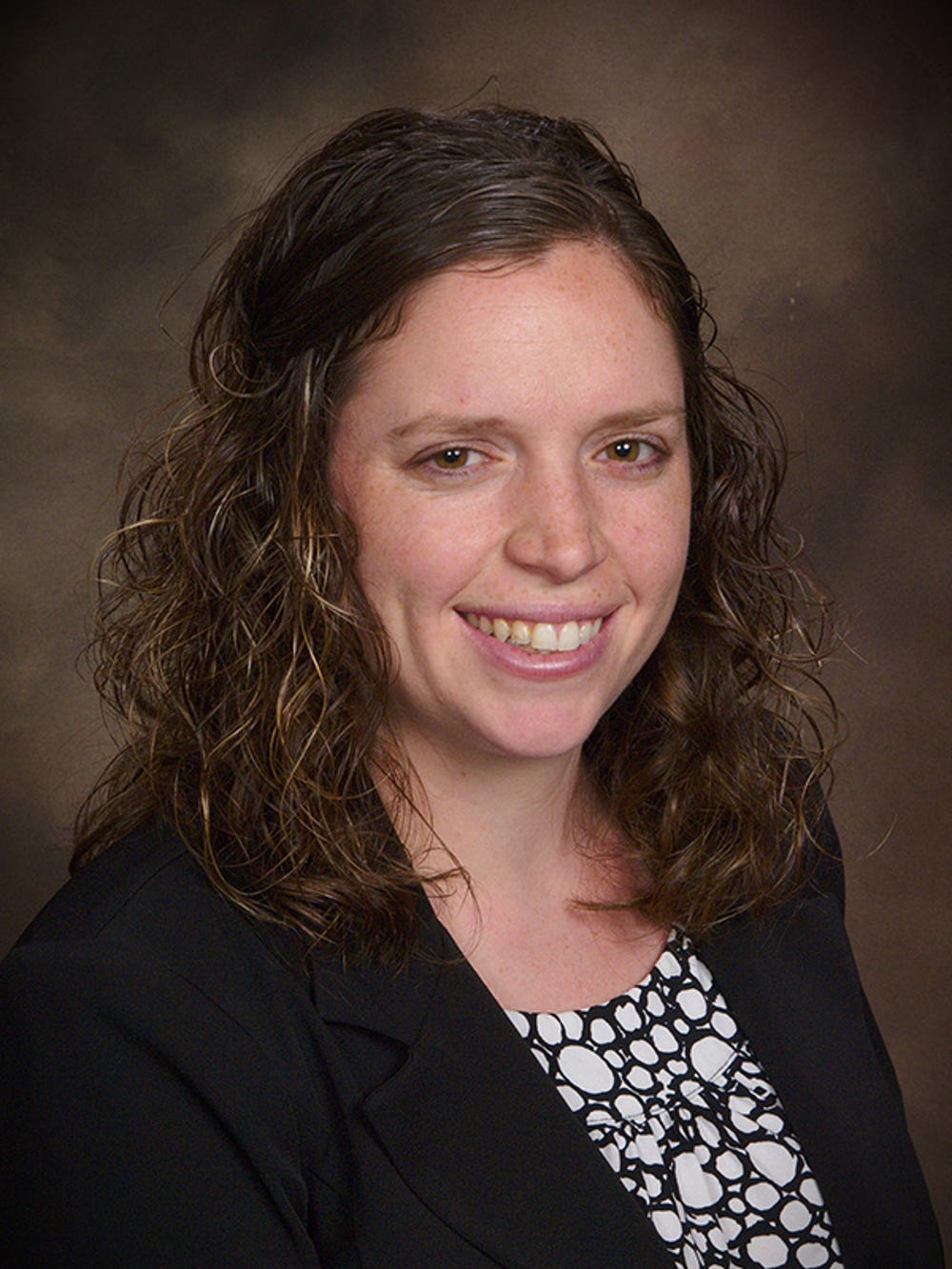
DayOne Response designs and manufactures an easy-to-transport personal watertreatment system that cleans water in emergency situations.
North America
UNITED STATES
Fellow
2012
Updated March 2012
Figures from the Red Cross show the world suffered an average 728 natural disasters each year from 2000 to 2004, more than double the annual rate since 1980. Much of the rise is attributed to climate change – a trend apparently not set to change. Hurricanes, earthquakes, floods, tsunamis… From 1995 to 2005, the OECD reported a threefold increase in the number of deaths provoked by natural disasters, which totalled 249,816. Those not immediately stricken find themselves homeless, helpless, without food or clean water and vulnerable to disease.
Patricia Compas-Markman – or Tricia, as she likes to be known – was a civil engineering student at California Polytechnic State University when a professor approached her with an idea that could help. ‘I had co-founded an Engineers Without Borders chapter on campus to design solutions for stricken communities with basic needs, working directly in the community. Dr. Lundquist knew my work and approached me to design an idea he had conceived.’ That idea is now the DayOne Waterbag, a tough and capacious plastic pouch that holds, cleans and dispenses up to 10 litres of water and can be easily transported as a backpack.
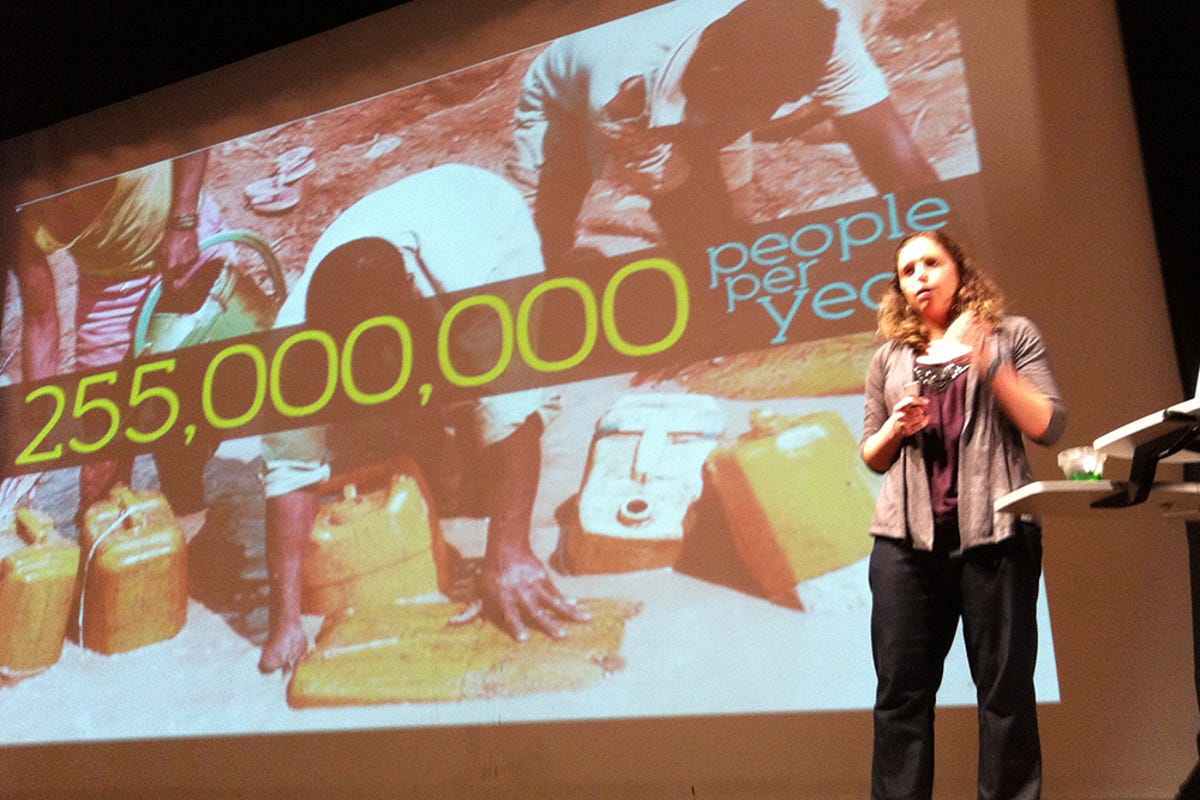
Tested in the field
‘There was no prototype, we had to start from scratch,’ Tricia recalls. ‘As a civil engineer I was used to looking at larger systems, it was odd to find myself trying to stop small plastic components from bursting when we put more than two litres of water in!’ With help from a graduate student and a plastics professor on campus, the prototype took 11 months to hone. ‘Our first experience in the field was in Nicaragua, in a community that had been affected by a hurricane five years earlier. Their feedback was precious, especially in terms of practical user information. Then we tested with the Thai Marines, another crucial experience, since the military are often the first responders to disaster.’ The team worked out pictograms to enable any user in any country to operate the bag, which requires an existing Procter & Gamble water-cleansing chemical to clean polluted water drawn from muddied rivers and ponds. ‘Thirst drives people to drastic measures within hours of a disaster. Probably the hardest element to pictorially convey is the most important: how to mix the solution into the water, which has to be rotated for five minutes then left to settle for half an hour.’
We bring a product that solves the day-to-day difficulties people face in a country beset by poverty.
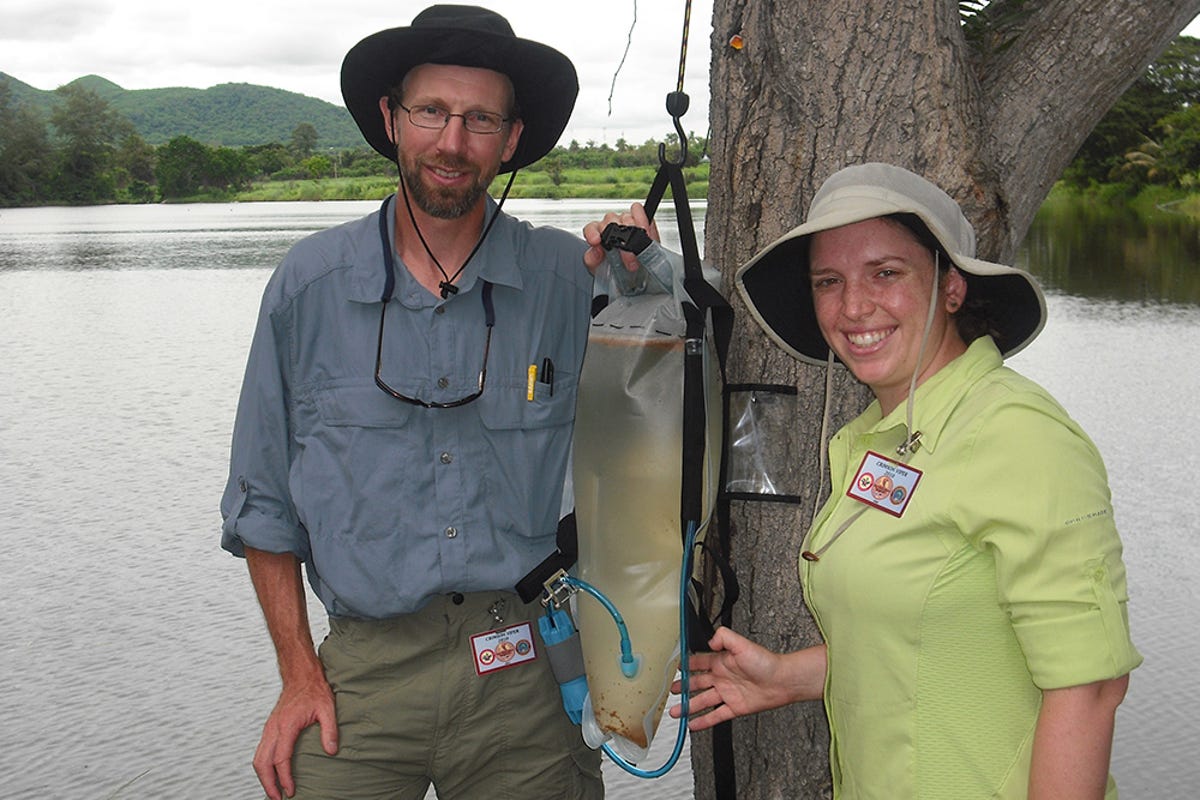
Easy to carry, easy to ship.
Disasters fill the headlines for days or weeks, but survivors live with the fallout for years, especially in poor developing countries.
DayOne Response’s next destination was Haiti, where water remains polluted long after the cameras have gone. ‘One of the many advantages of the Waterbag is that it’s easy to transport: it packs flat, so you can fit approximately 1,300 Waterbags in a shipping pallet, as opposed to 600 containers holding 9.5 litres or 32 rigid 19-litre jerry cans. One pallet of water bags can purify up to 156,000 litres of water. That’s a huge increase,’ says Tricia, who is justifiably proud of their solution. ‘It’s heartrending to be in a country where everyone has lost somebody in the earthquake and is still struggling for basic needs. Bringing a small answer is extraordinarily fulfilling.’
The Waterbag is tightly sealed, dramatically reducing the contamination that can arise when trying to treat water in more traditional methods, which require two open containers – one to mix the chemicals, then another to filter the clean water.
Even the simple question of the number of containers available can be an issue. ‘The Haitians had lots of chemical packets but few containers! We bring a product that solves the day-to-day difficulties people face in a country beset by poverty.
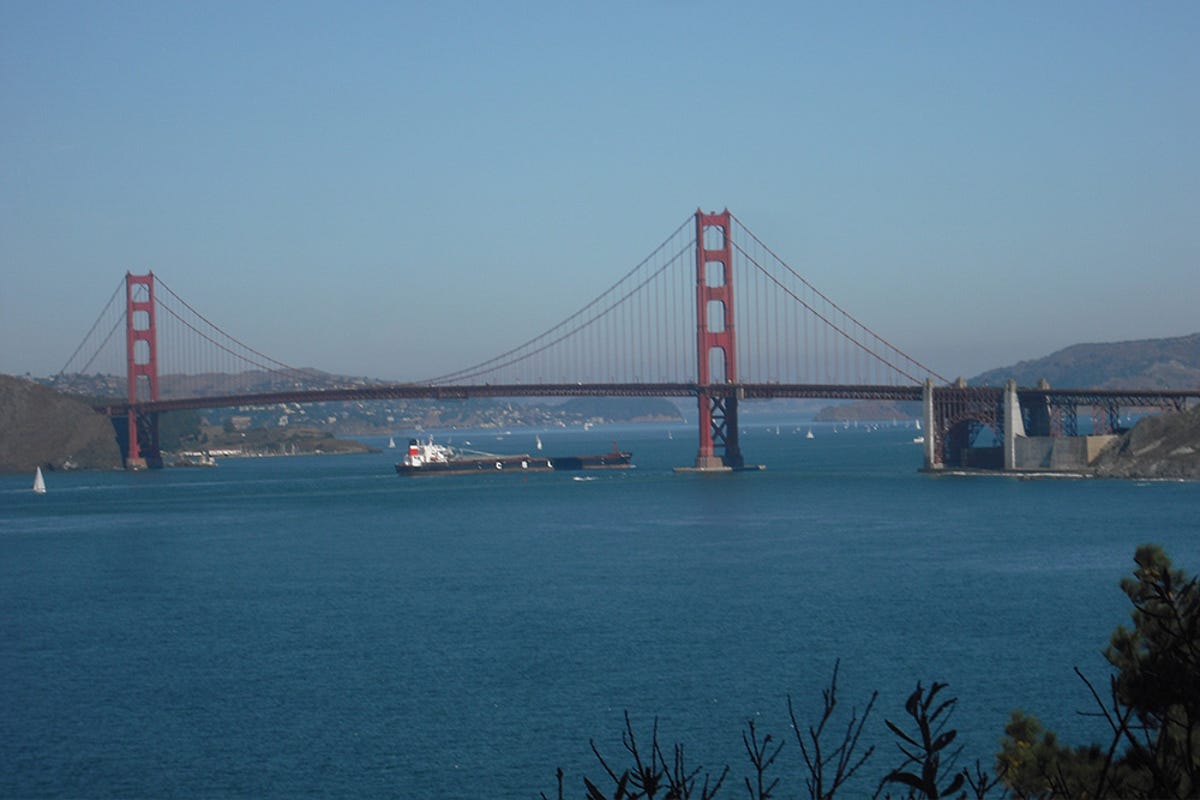
When water kills
783 million people, one tenth of the global population, do not have access to safe water. The most common diseases this causes are diarrhoeal complaints. Every year, preventable diarrhoea kills more children than malaria, measles and HIV combined. Add to that cholera, typhus and parasites, and the need is patently clear. Solutions do exist, from collapsible jugs to hand-pump filters and standard water bottles, but they don’t combine the lightweight, cheap, safe and practical benefits of the DayOne Waterbag.
Now that the product has been tried, tested and adopted by users, Tricia’s main goal is to forge partnerships to provide Waterbags to communities immediately after the onset of natural disasters. ‘I ne ve r tho ug ht I’ d be an entrepreneur,’ she confesses, ‘but it’s wonderful to see the impact your work can have. We’re so excited to be finalists for the CartierAwards and have the chance to meet other women making an impact in business. It’s thanks to networks and partnerships that I’m where I am today.’
